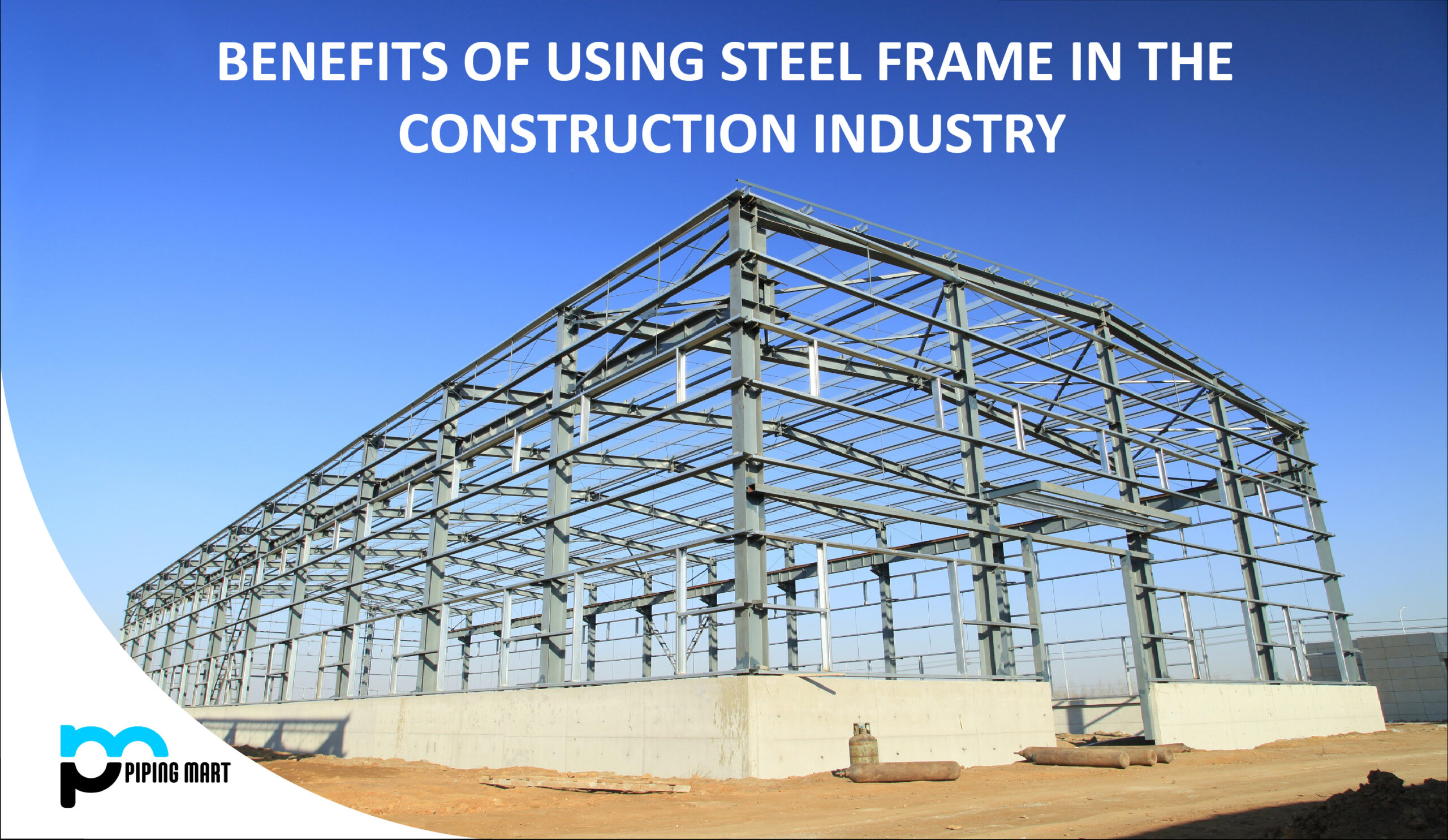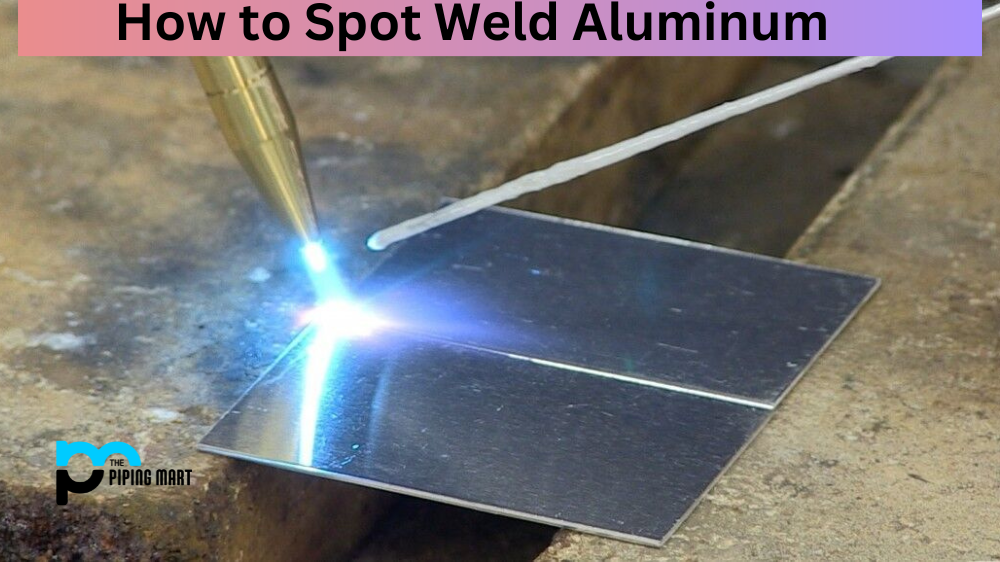Steel frame construction is continuously expanding its market share in the construction and civil engineering industries. But in comparison to other construction techniques, is steel framing effective? As a guide for developers and design engineers considering various building options, we will analyze the advantages and disadvantages of structural steel frame construction in this post.
Advantages of Steel Frame Construction
The following benefits of steel frame constructions over brick, concrete, and timber buildings are listed below.
- Strength & Durability
Components of structural steel are more durable and lighter than those of weight-bearing wood or concrete. Compared to a hardwood equivalent, typical weight-bearing steel fabrication is 30% to 50% lighter. Because of this, the steel frame construction is much more robust and long-lasting than conventional wood frame options.
- Easy Fabrication In Different Sizes
Steel studs can be manufactured to order and come in a range of sizes. This implies that they may be altered to support particular loads in structures of diverse shapes and sizes.
- Fire Resistance
Steel frame buildings are very fire resistant, which lowers the fire risk to a building and slows the spread of a fire should one break out. The effect of certain flame retardant coatings on structural steel increases this quality.
- Pest & Insect Resistant
The deteriorating impacts of burrowing insects and mammals cannot harm structural steel components, unlike hardwood framework, which can suffer if not properly treated.
- Moisture & Weather Resistance
Depending on its carbon content, structural steel can have good moisture-resistant qualities. A structural steel component will become even more resistant to the effects of water with hot zinc coating and further powder treatments for improved rust resistance, which is a crucial factor for components exposed to the elements.
Other Advantages
- Comparatively speaking to other structural materials, steel is reasonably affordable.
- As wood is a combustible material and has poorer fire resistance when assessed with RCC constructions, steel structures are mostly fire-resistant when modified to a rustic design.
- One benefit of having a steel structure during construction is its capacity to measure smaller distances with steel ceiling joists. Thanks to this, engineers can expand their options, creating novel or large-scale steel details that weren’t possible with other materials.
- Steel can be produced and delivered quickly and affordably. Steel structures can be distributed on factory floors and then tightly gathered. This saves time and improves the efficiency of the development process as a whole.
- Steel buildings resist external forces, including cyclones, rains, and earthquakes. A well-fabricated steel structure can survive more than 30 times when appropriately maintained.
- The real benefit of steel structures is their rigidity, which means they tend to be planned following the design requirements. This plots a steel structure to withstand strong winds or earthquakes, particularly on islands or high places.
- It is hassle-free to install and construct steel structural components on-site since they are easy to produce; there is also no need to estimate and hard-cut off corridors.

Pipingmart is B2B portal specializes in industrial, metal and piping products. Also, share latest information and news related to products, materials and different types grades to help business dealing in this industry.




